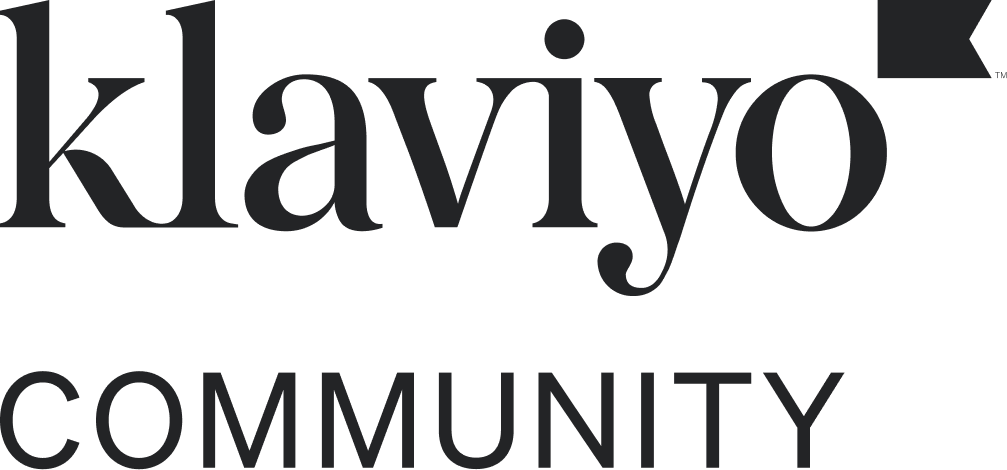I am trying to create a post-purchase follow-up email that has dynamic content (a recommended recipe or blog post) for each product they ordered. I believe that we should be using a dynamic table in Klaviyo for this using Metafields from Shopify or ShopifyFlow . Has anyone done this before? If so, can you share the approach you used?
Hey
Do any of you have an approach that
I’ve definitely used some show/hide conditions based on a few factors like Tags stored in Shopify with the variable “{{ event.extra.line_items.0.product.tags|default:'' }}”.
So you could then build out a If statement as:
If Order has Tag #1 {{ event.extra.line_items.0.product.tags|default:'' }} = XYZ -- show this block/recipe/blog post Else If Order has Tag #2 {{ event.extra.line_items.0.product.tags|default:'' }} = XYZ Else If --- and so on into a very long string of Else If statements for every product tag type.
It can become a beast! I typically recommend your post-purchase flow maybe have splits based on collection and have them trickle down a path that matches at least one collection in their cart that then has a recipe section that matches. That could also be done via Else/If statements as well.
A bit more info on those statements here:
https://developers.klaviyo.com/en/docs/use_conditionals_in_messages
Hi
I second Peyton’s (
To make this sustainable as a long-term system, I recommend you identify your top 3 buckets/ categories that recipes can be grouped into. So if someone purchases A, B, and/or C - one group of recipes is relevant. Then if someone purchases X, Y, and/or Z - another group of recipes is relevant. It’s likely you could use your existing product categories to help guide this grouping of recipes…
That helps you send relevant content that feels personalized, without getting stuck by logic details specific to individual products. It also has the secondary benefit of helping people understand how your other products can be used/ get exposed to them, so you’ll likely see some cross-sell purchases come in as a result of this educational content providing value in ways that incentivizes people to buy without the hard sell ask.
One other thing to consider - if you’re using any of those recipes as content for other flows (ex: Welcome Series) you might want to add a filter to the post-purchase email that sends the recipe in order to prevent people from receiving content that looks like a duplicate.
Happy to answer any other questions you have about this!
Warmly,
Gabrielle
Reply
Log in to the Community
Use your Klaviyo credentials
Log in with Klaviyo
Use your Klaviyo credentials
Log in with KlaviyoEnter your E-mail address. We'll send you an e-mail with instructions to reset your password.
